ULTIMATE TRAVEL GUIDE

A comprehensive guide to protect yourself on every adventure


A comprehensive guide to protect yourself on every adventure
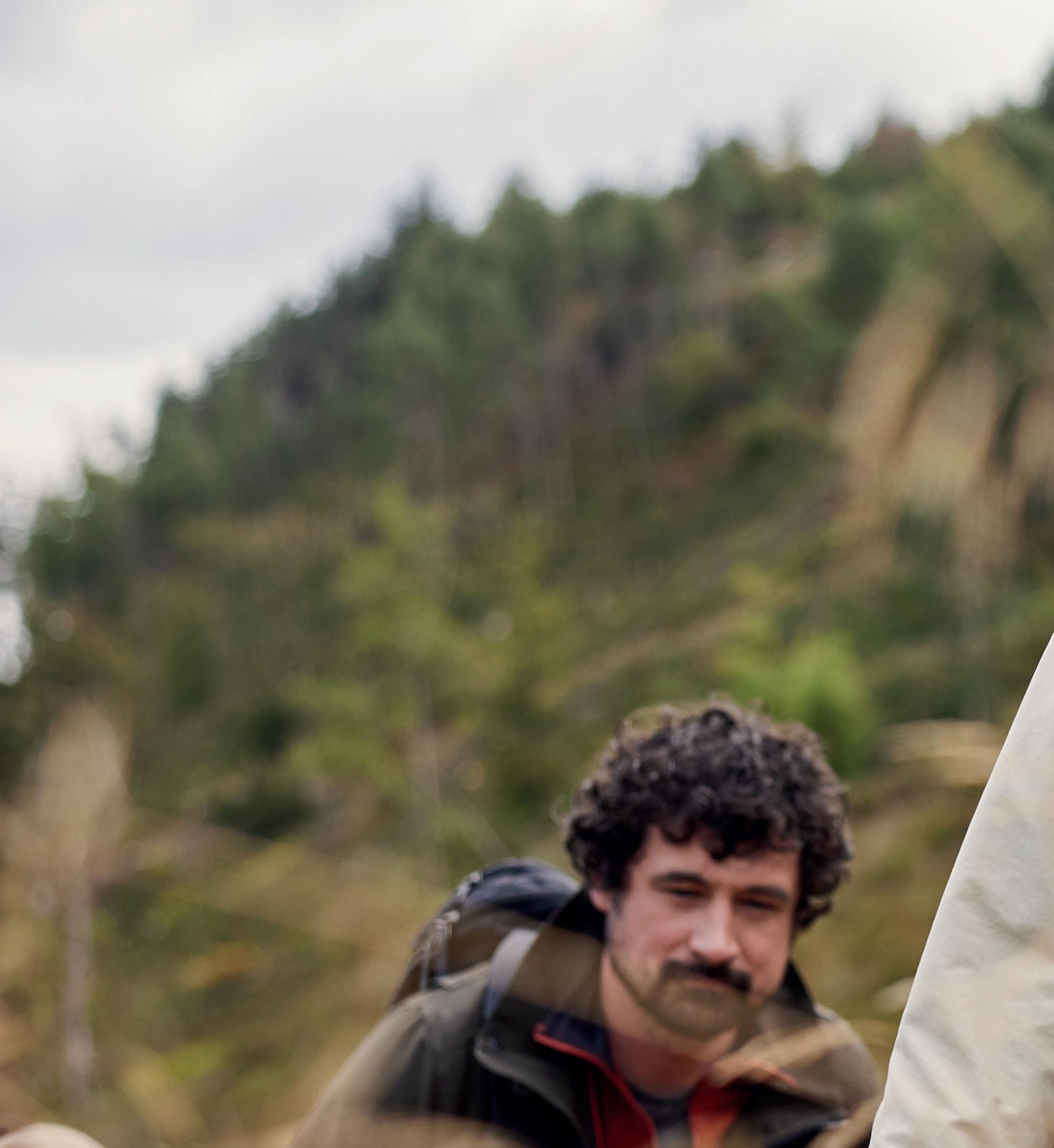
Whether your adventure is taking you to far away places or staying closer to home, biting insects and issues with heat and humidity can cause distractions and make you feel uncomfortable.
Here at Craghoppers we have a range of technologies that ensure you can enjoy your adventures carefree. When developing products for our collection we carefully consider the travel scenarios you may encounter to ensure they include useful and innovative features.
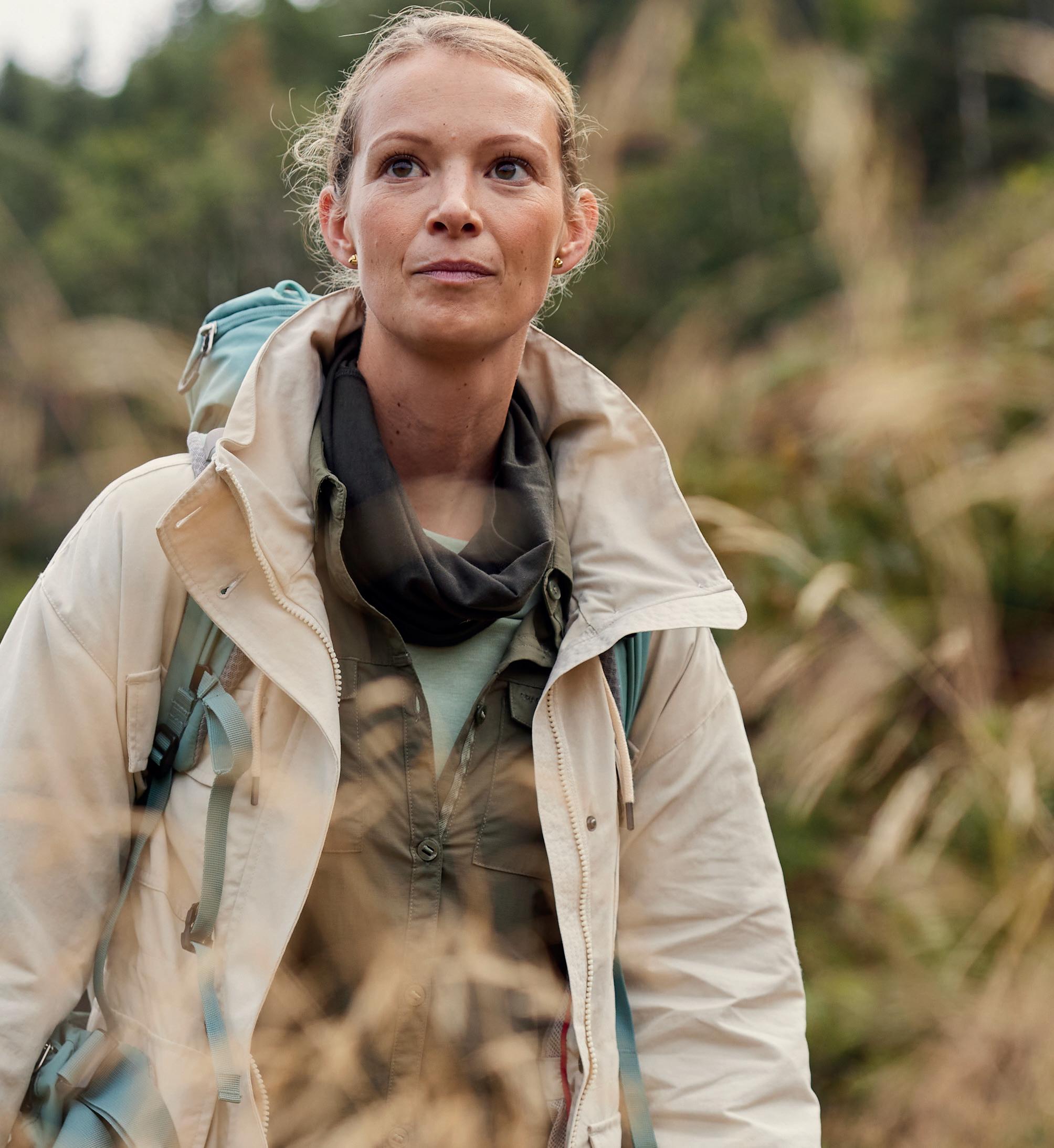
“Protection from the bites of arthropod (insect and acarine) vectors of disease is the first line of defence against disease transmission and should be advised in all cases when travelling abroad.”
Moore SJ, Mordue Luntz AJ, Logan JG. Insect bite prevention. Infect Dis Clin North Am. 2012 Sep;26(3):655-73. doi: 10.1016/j. idc.2012.07.002. PMID: 22963776.
New and improved, our NosiLife technology offers true insect repellency combined with complete odour elimination technology, derived from a renewable plant-based source to have less impact on the environment.
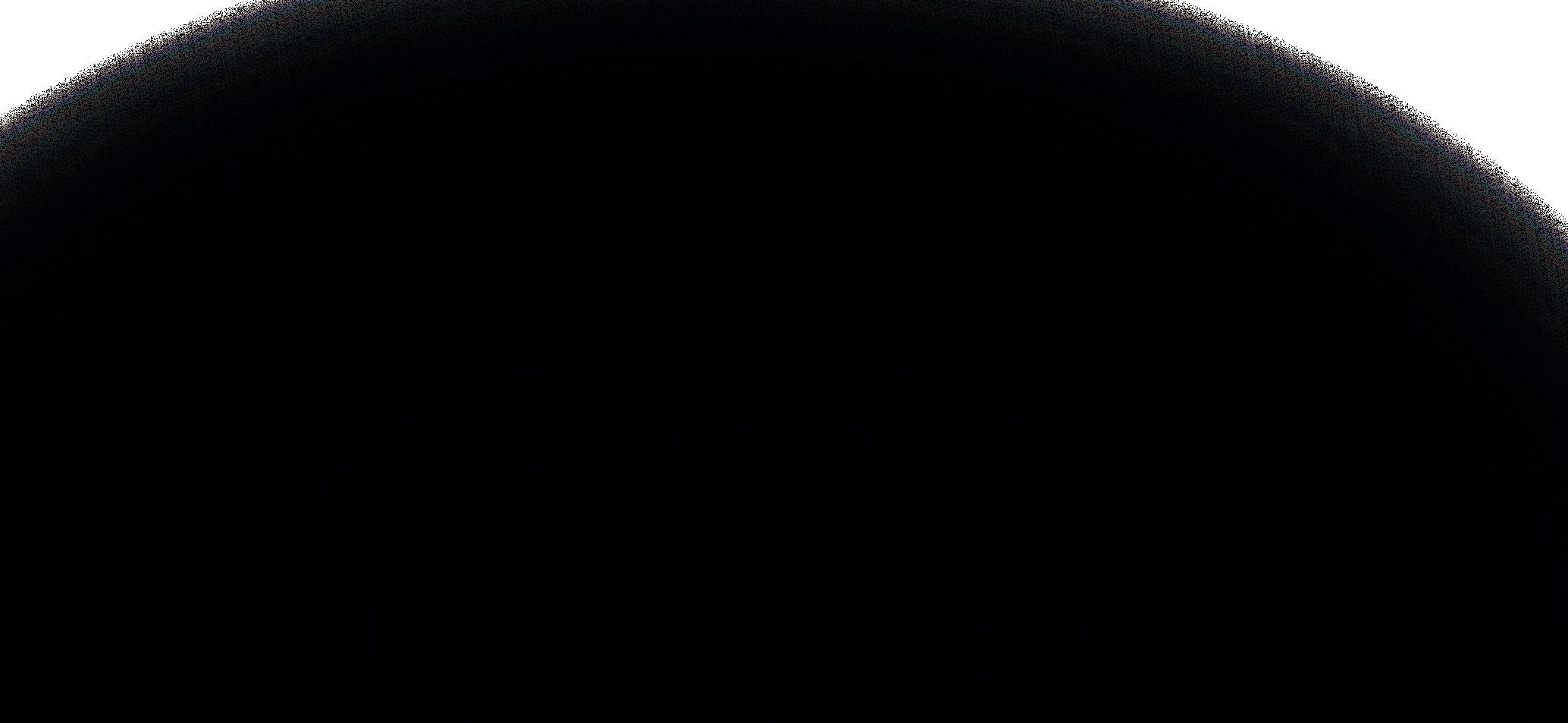




The NosiLife range offers an adventure-ready line of kit that has been designed to offer an effective defence against biting insects.

Selected items in the collection also offer SolarShield sun protection to ward off the sun.
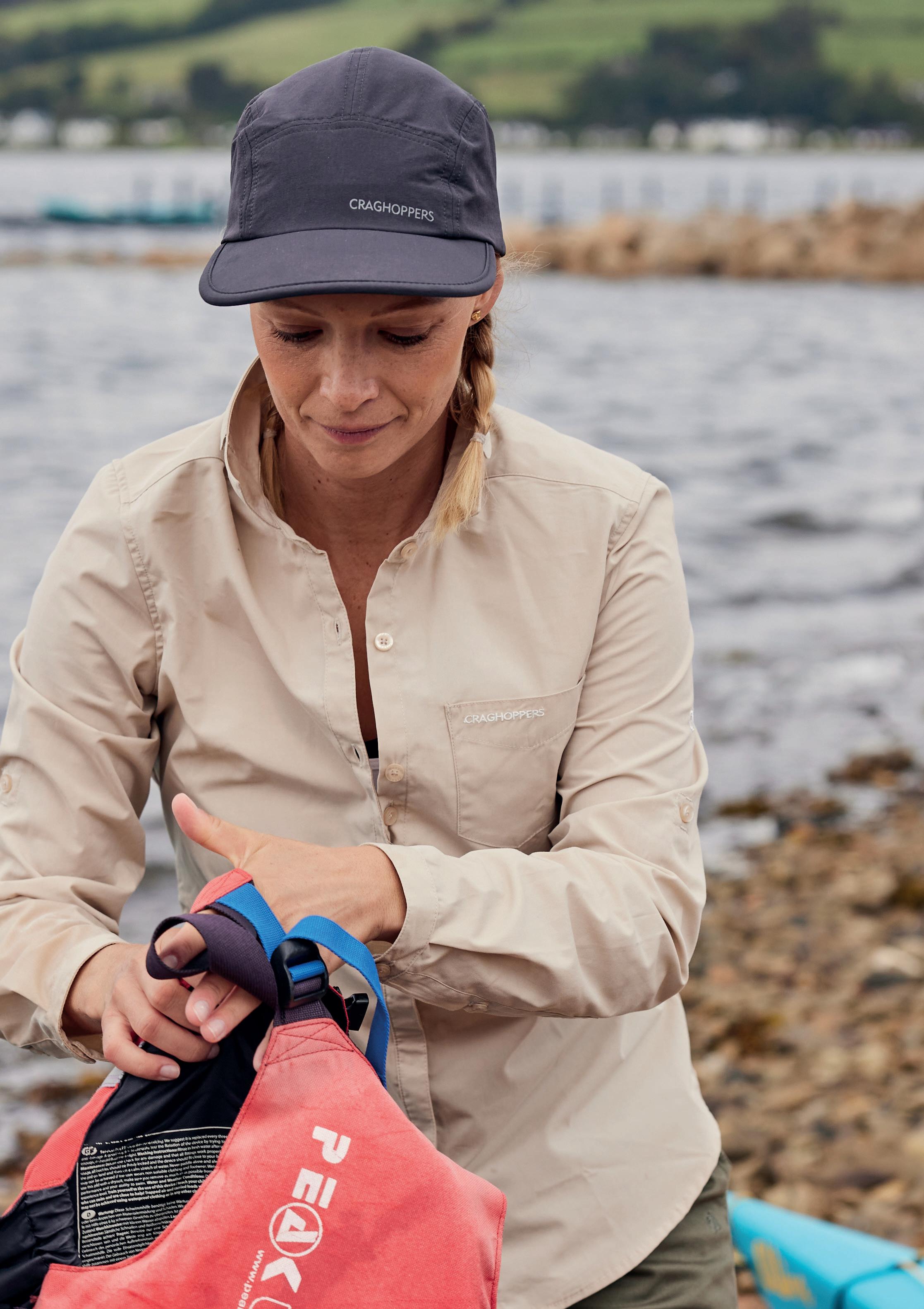


NosiDefence fabric provides a robust barrier of specially constructed fibres which are too tough for biting insects to penetrate. So the NosiDefence fabric will help to defend your skin from insect bites allowing you to enjoy your adventures carefree.
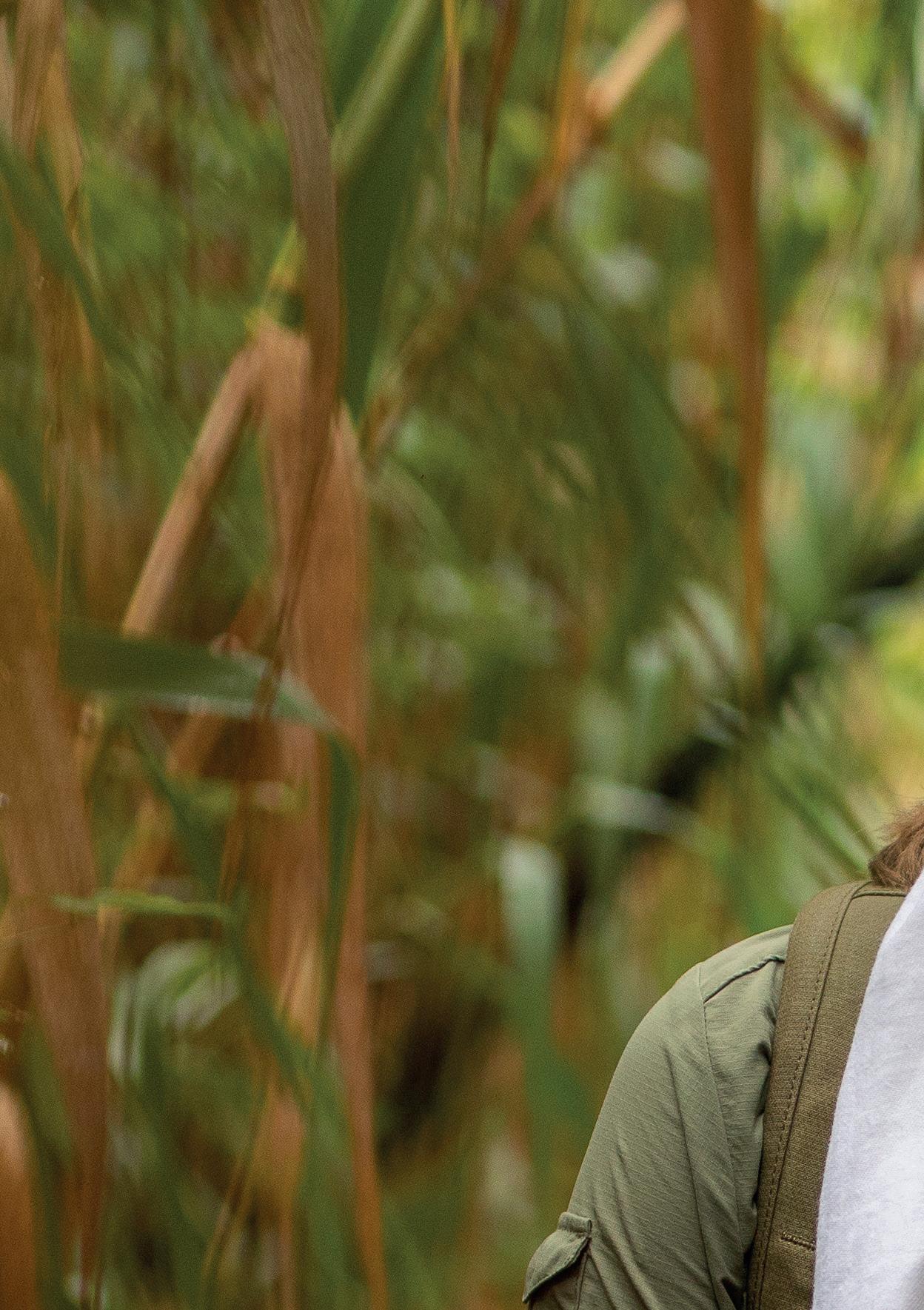
NosiBotanical is a plant-based fabric treatment derived from lemon eucalyptus oil, taken from Eucalyptus citriodora trees, which effectively defends against biting insects. Taken from the leaves and twigs of the tree the treatment is sustainable as it allows the tree to continue to grow.
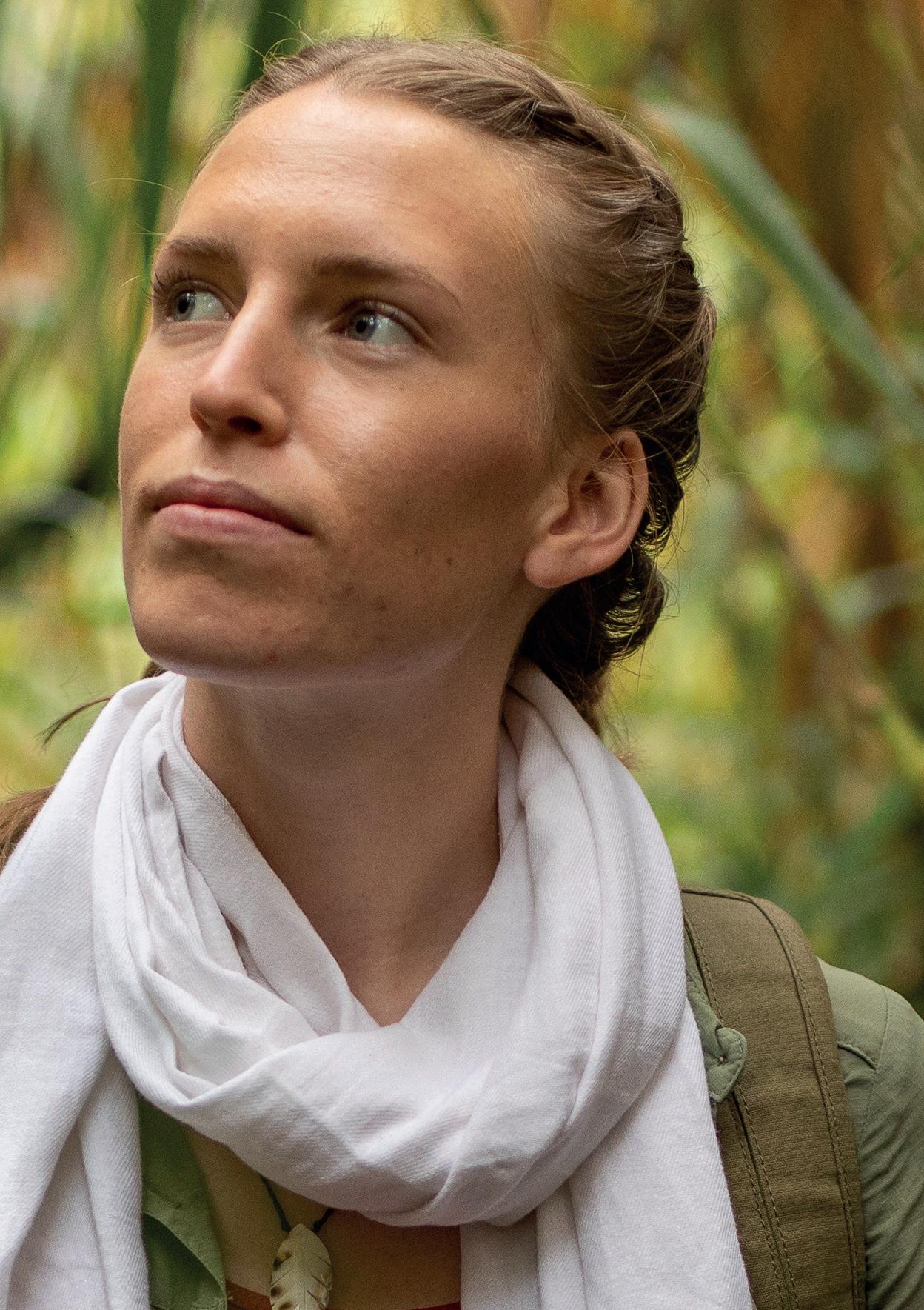
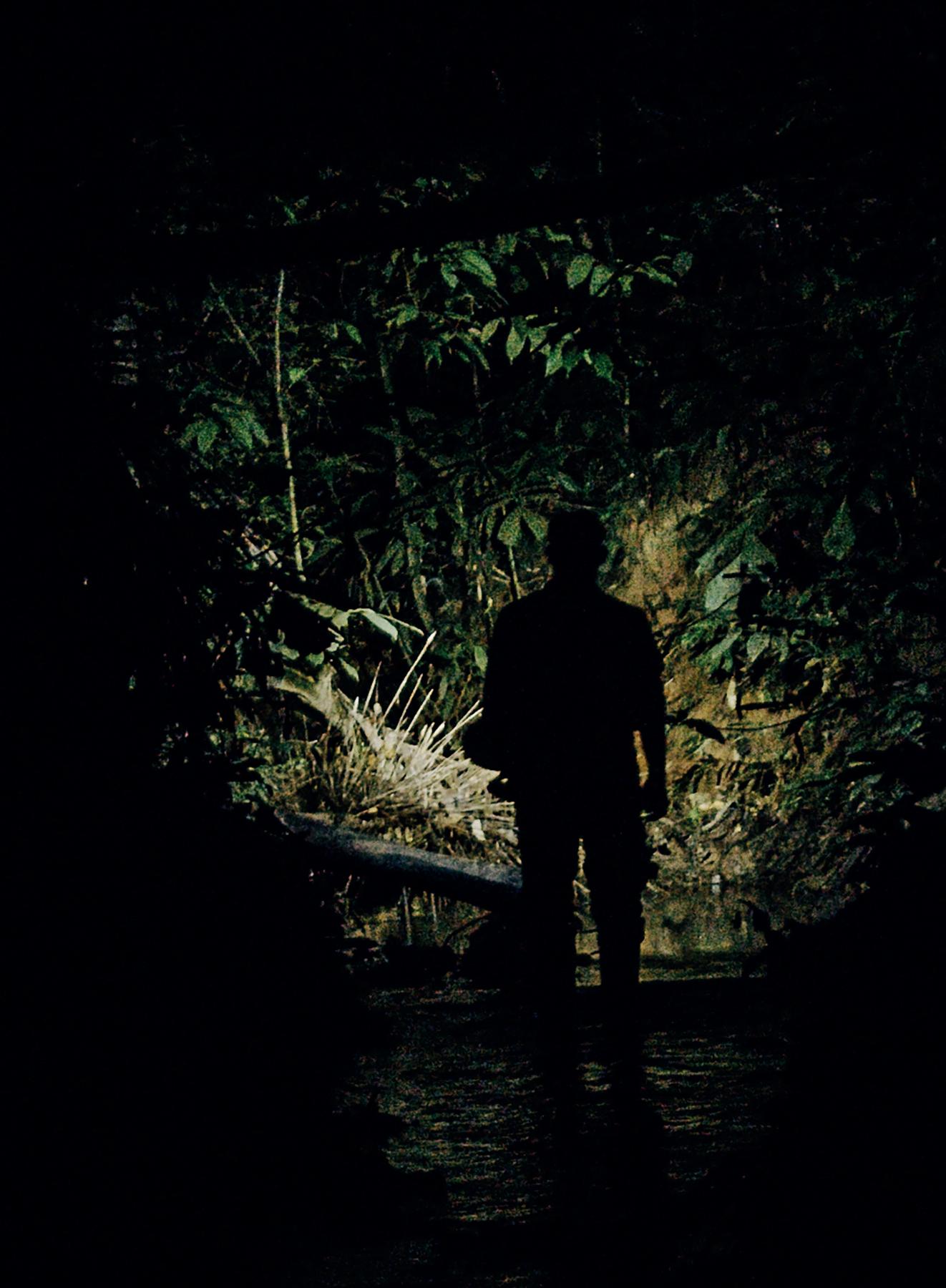
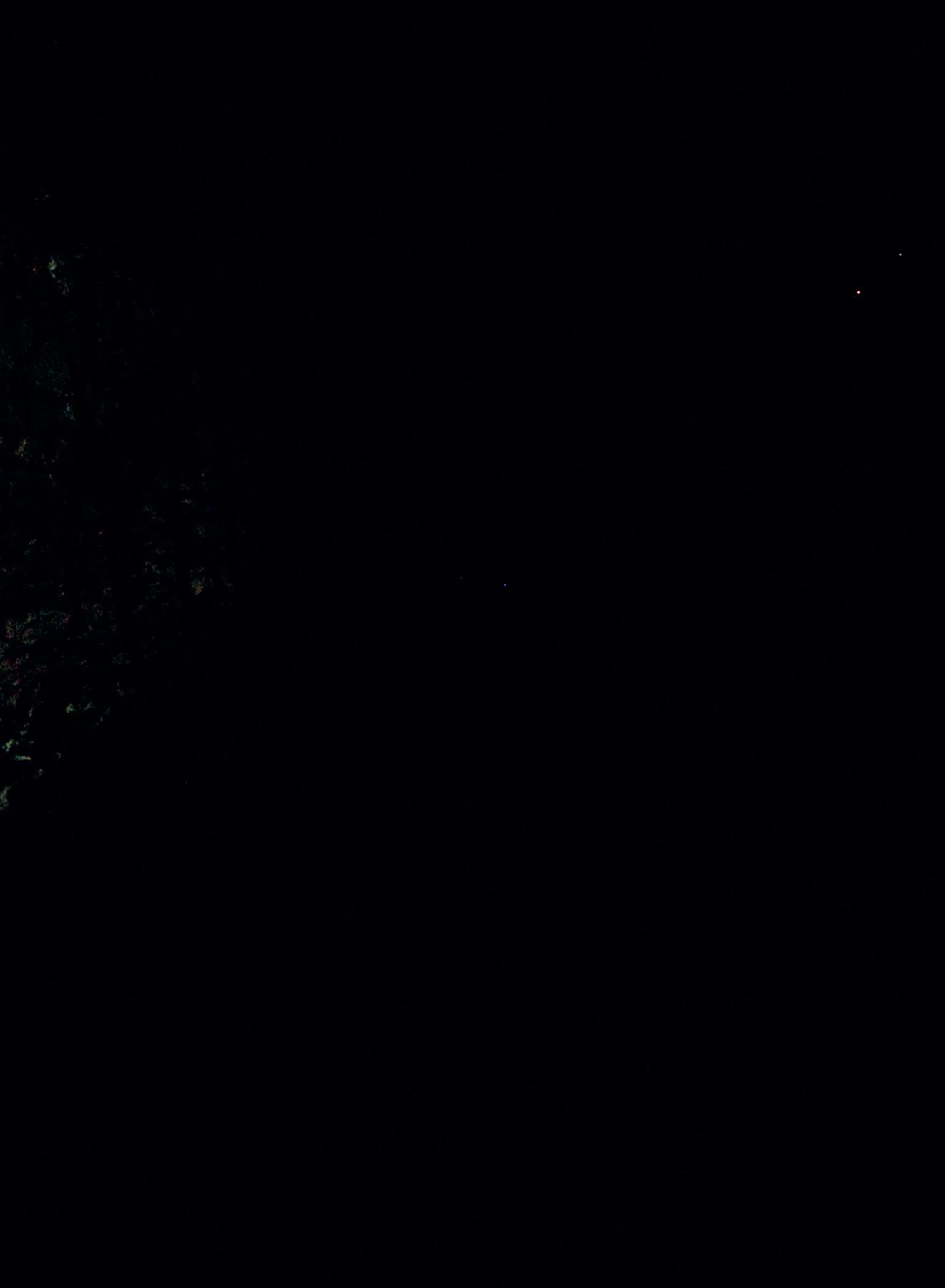
Don’t take our word for it, our clothing is trusted by adventurers in the most extreme conditions.
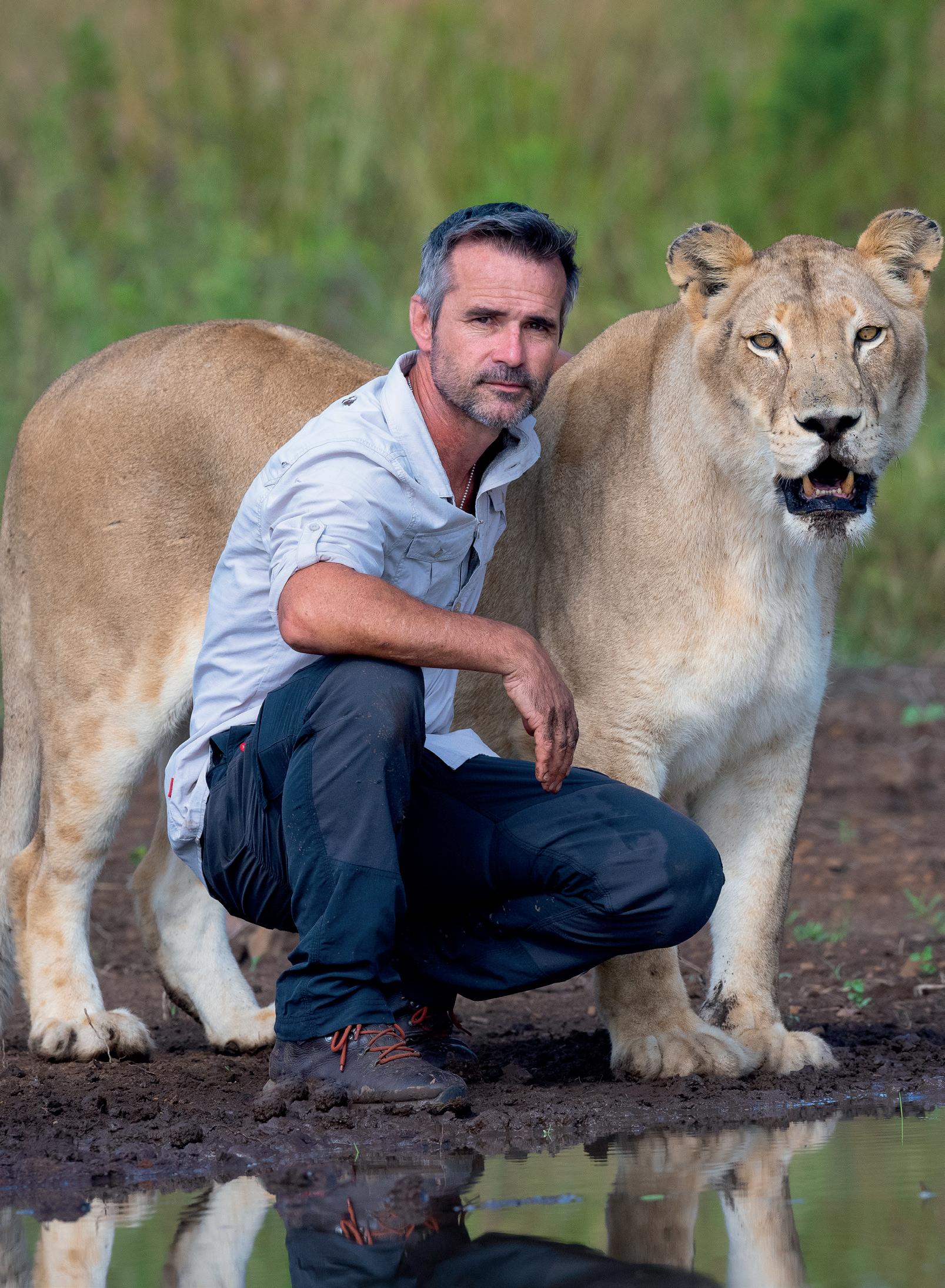
Craghoppers Ambassador: Kevin Richardson or ‘The Lion Whisperer’ as he is widely known, is a world-renowned wildlife conservationist and filmmaker.
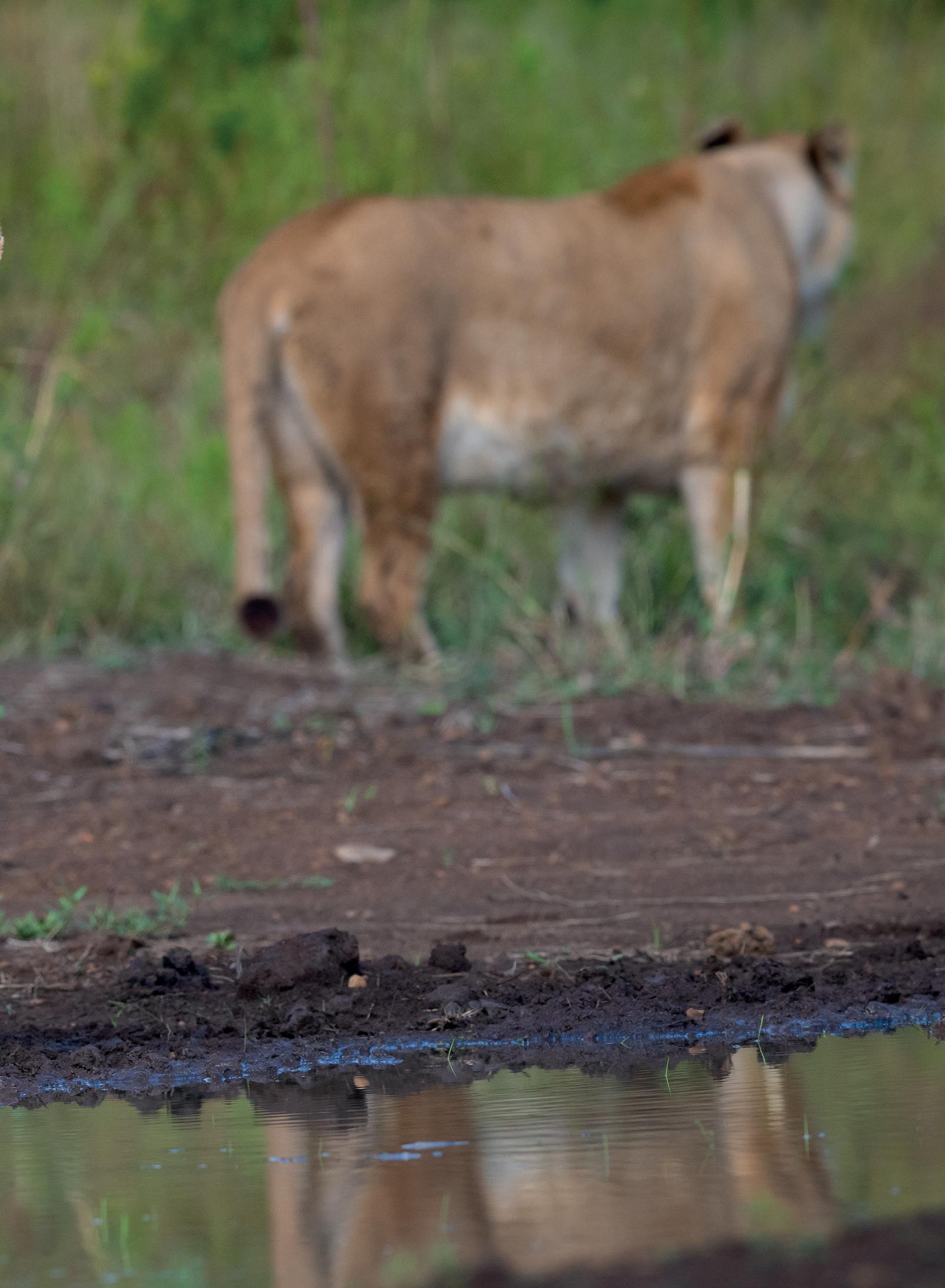
“I wear the NosiLife Adventure Shirt because it is the ultimate piece of kit. It guards against the sun and insects, keeps me cool, protects my valuables and features an essential sunglasses wipe for cleaning my lens!”
Kevin Richardson
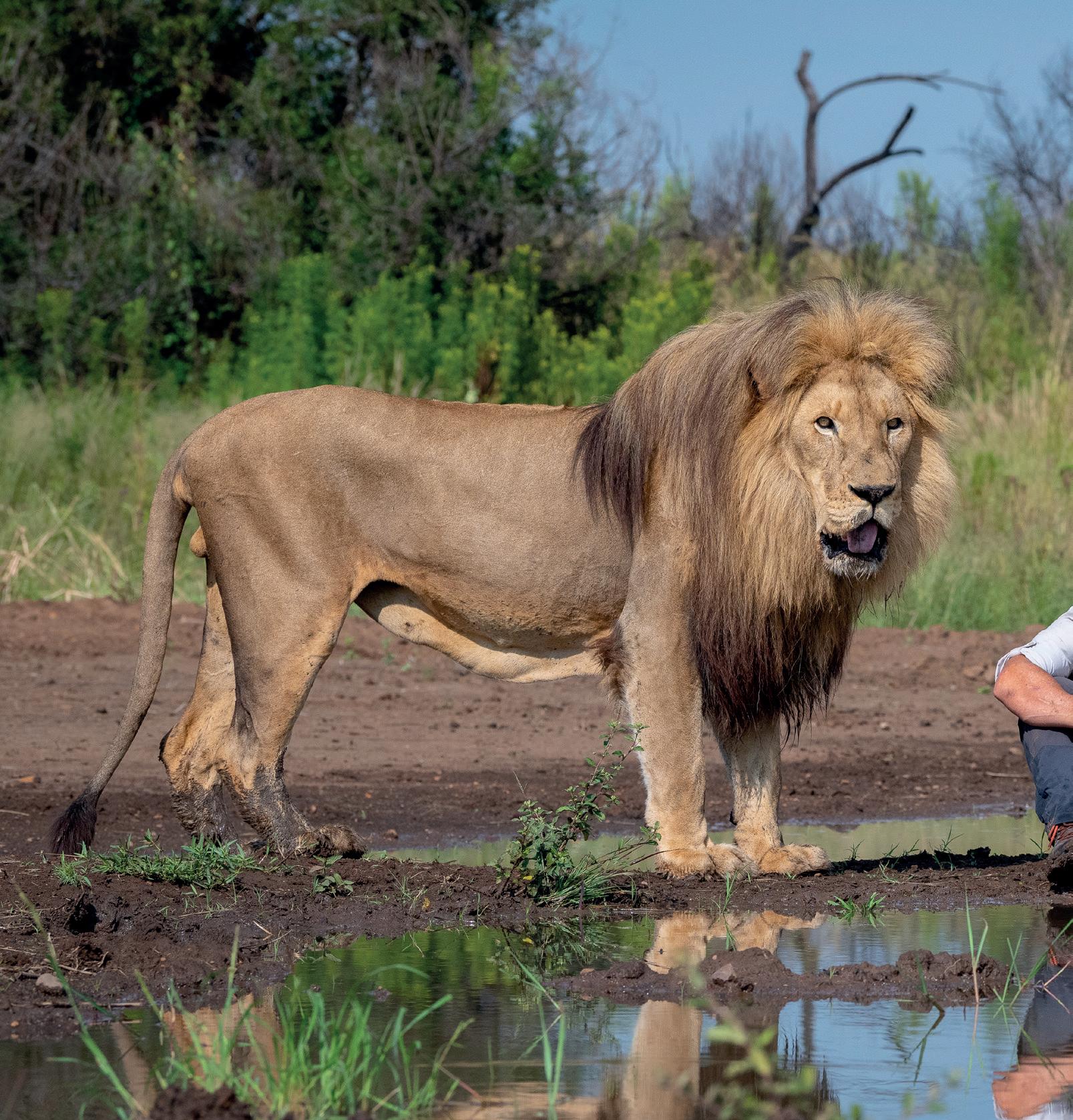
You are passionate about captive lion conservation... tell us more.
I want to educate people that don’t realise the full extent of lions being bred for different consumptive purposes. When visitors come to South Africa to pet a lion cub, or take a selfie with one, ultimately those lions grow up and face the risk of getting shot by canned hunting
(in a controlled environment) and also by trophy hunters and potentially their bones get shipped to SE Asia to use in traditional Chinese medicine. These activities are wide spread but should not be happening.
What are your top 5 travel items?
1 Camera
My GoPro which I don’t leave home without!
2 Cell phone
So I can keep up with social media.
3
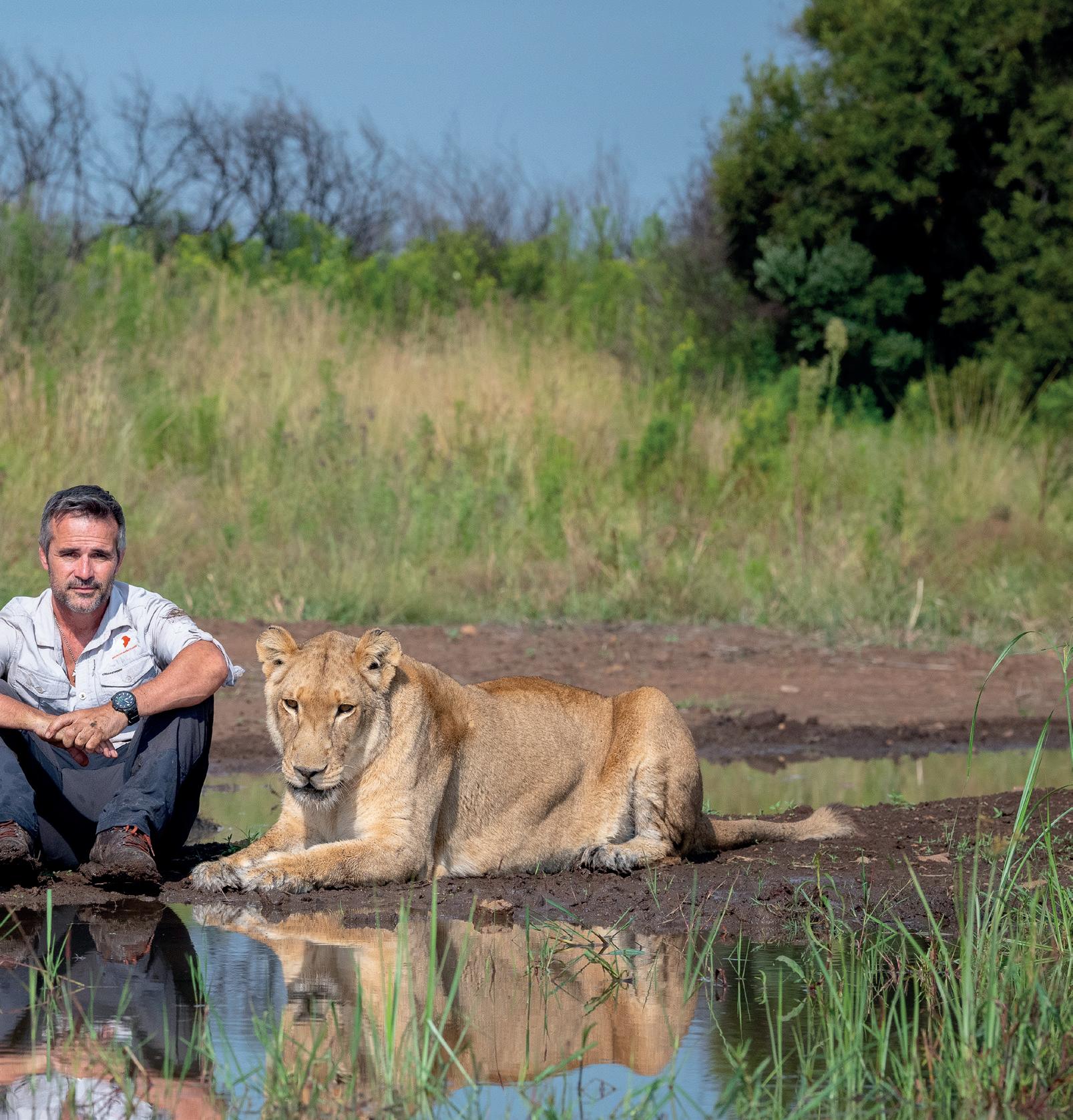
Battery bank with foldaway solar panel
So I can always be connected.
4 Shirt
My favourite, a NosiLife Adventure shirt.
5 Trousers
My NosiLife Convertible trousers which are very versatile as they convert into shorts.
What does travel mean to you?
Travel is all about getting out and about to places you ultimately wouldn’t have travelled to before. I personally love going to places where there aren’t people - which I know is getting rarer and rarer, but that would be first on my list.
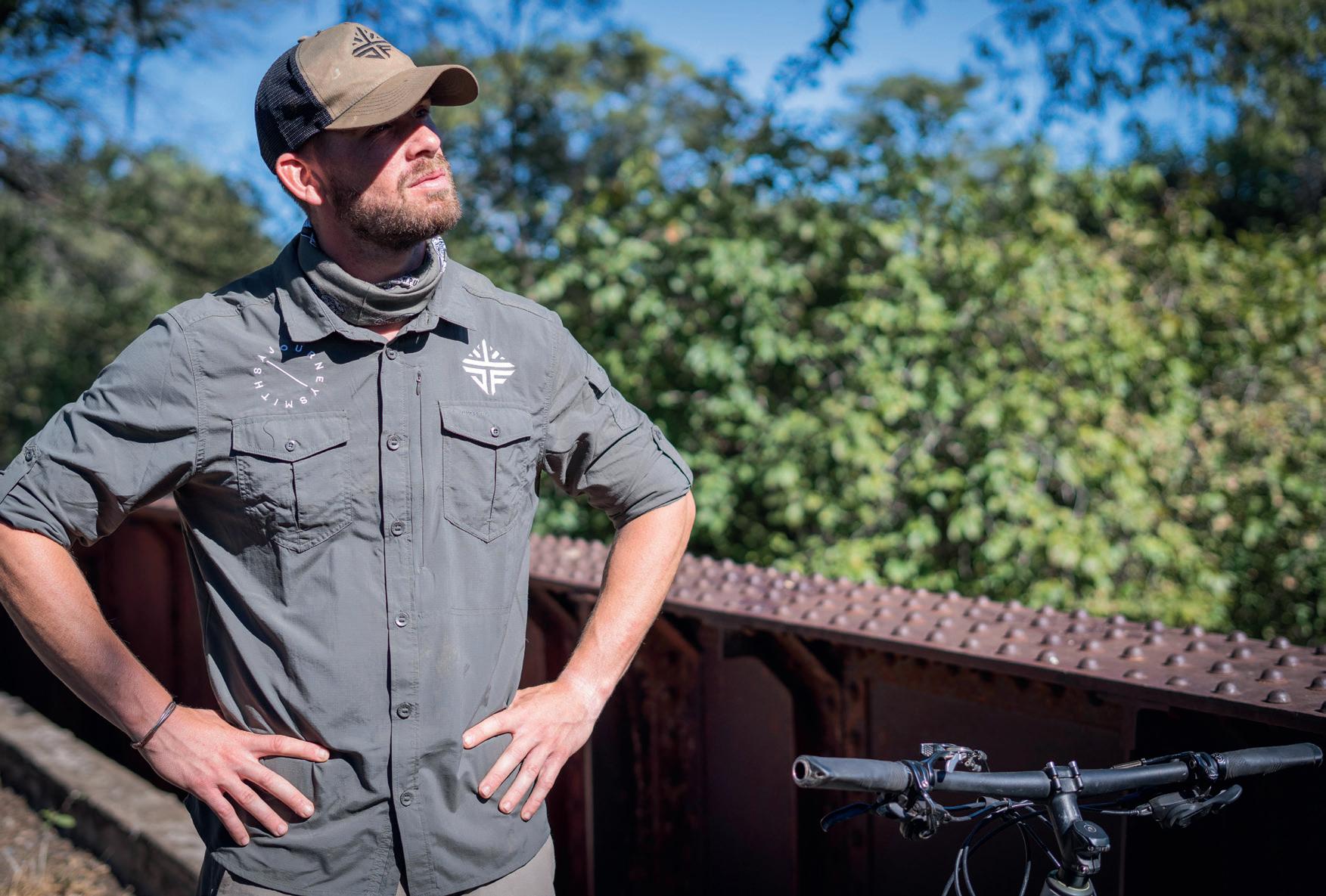
JACK FLECKNEY
Adventurer
Speaking about his expedition kayaking the Okavango Delta:
“My NosiLife tube scarf was pulled up to cover my neck and face leaving a tiny gap to see through, and whenever we reached the dry ground to set up for the evening I would change into my NosiLife trousers and long-sleeve shirt. Covering every part of the skin from the hungry mosquitos.
There were so many at camp that they blotted out the lights. Every evening we had to dive headfirst through the tiniest possible gap in the tent, quickly zip it up and then spend the next 10 minutes attempting to squash the small swarm that had followed us in. The NosiLife gear has an insect repellent built into the fabric and was a welcome alternative to my previous methods of soaking my clothing in DEET during my military days.”
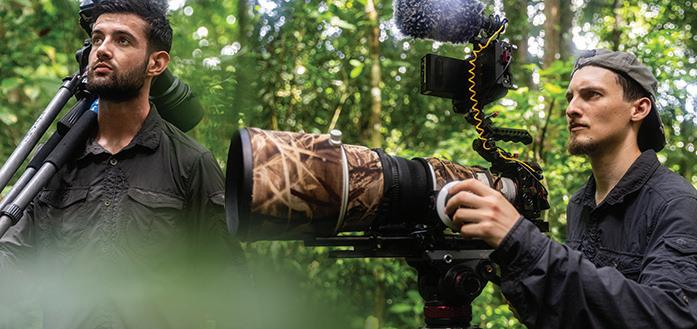
Wildlife Conservationist and Film maker & Wildlife Photographer and Film maker
“Even the smaller things such as mosquitos can stop us doing our work so it’s vital for us to get good suitable equipment that makes it easier for us to film in these environments.
Things like quick drying and insect repellent clothing, especially during wet seasons, can really help. Because when were comfortable we can really focus on our work.”

FABIAN M Ü HLBERGER
Conservation Biologist
Speaking about his expedition in Peru:
“The most important thing is comfort, which is weird, since it’s an uncomfortable place and environment to work in. It’s very hot, you’re constantly sweating, you’re always being bitten by bugs. But we’re here to work, which means we have to concentrate, we have to think, we have to pay attention all the time and if you pay attention on your wellbeing the entire time, you don’t really focus on your work.
So the best thing is to get good equipment that makes it physically more comfortable for you to be here, work here. So quick drying clothes, clothes that prevent you from getting bitten by insects, by mosquitos, things like that really help because when I am comfortable, I’m not annoyed, then I can really focus on my work.”
Adventurer, Author and Presenter
“I need light clothes with a good jacket for daytime so I have gone for the Kiwi Pro trouser and NosiLife Long-sleeved Adventure shirt. The trousers are stretchy which is good for comfort and the top protects against insects and washes and dries really easily. They are also both culturally appropriate – I will be meeting nomads en route so it would be impossible to wear short sleeves or shorts, they’d be horrified at my immodesty!”
Wildlife Photographer

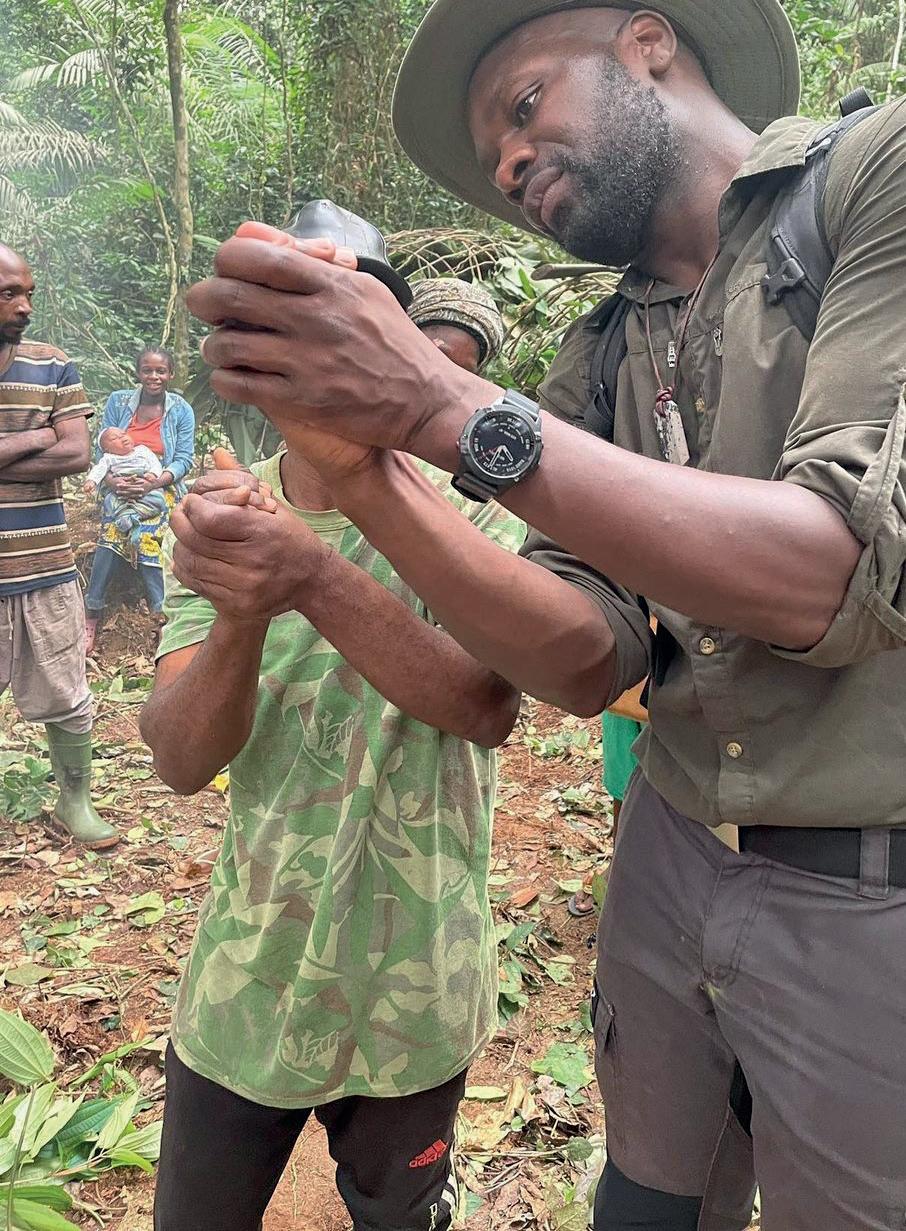
Adventurer and co-founder of WeTwo
“
It’s exactly what you need in the environments it was designed for, it’s light, breathable, dries quickly, keeps the little biters away and most importantly (it’s now) sustainable.”
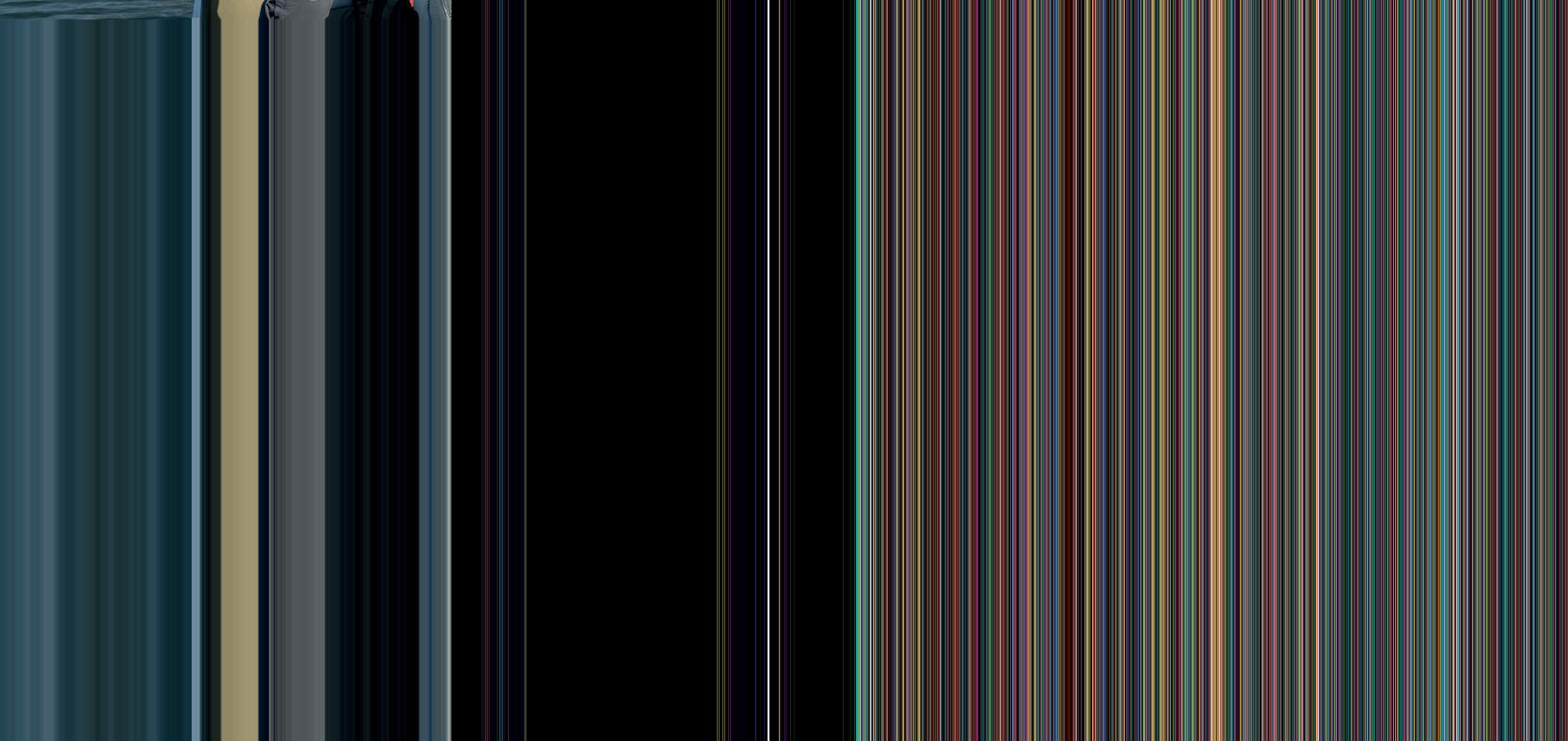
“Filming wildlife in Africa, the comfort of Craghoppers NosiLife clothing is unparalleled, the fabric is not only incredibly soft against the skin but also lightweight. The stretch fabric adds to greater range of motion whilst filming in the field. Whether I’m hiking rugged trails in the Drakensburg mountains or setting up camp, I never feel hindered by my NosiLife clothing. The thoughtful design and choice of colour and materials make every outdoor activity a breeze, making these pieces a staple in my adventure wardrobe.
What sets Craghoppers apart is their dedication to providing a cool and stylish perspective for women’s outdoor clothing. The fit is tailored to perfection, complementing the female form while ensuring practicality. It’s refreshing to find outdoor gear that not only fits well but also enhances the overall outdoor experience.”

Wildlife Photographer
“Craghoppers NosiLife has become an essential part of my outdoor gear as a wildlife photographer, offering reliable protection against biting insects without sacrificing comfort and style. Whether I’m hiking through dense forests in Rwanda in search of Gorillas or relaxing by a campfire in southern Africa, I never feel restricted or uncomfortable. I appreciate the thoughtful design that considers both functionality and style in the shirts, with hidden zipper pocket features to the attention to detail in the stitching and overall construction demonstrates the brand’s commitment to providing high-quality outdoor gear.
My NosiLife clothing has travelled with me throughout Africa and it has become an essential part of my outdoor gear on all my travels.”

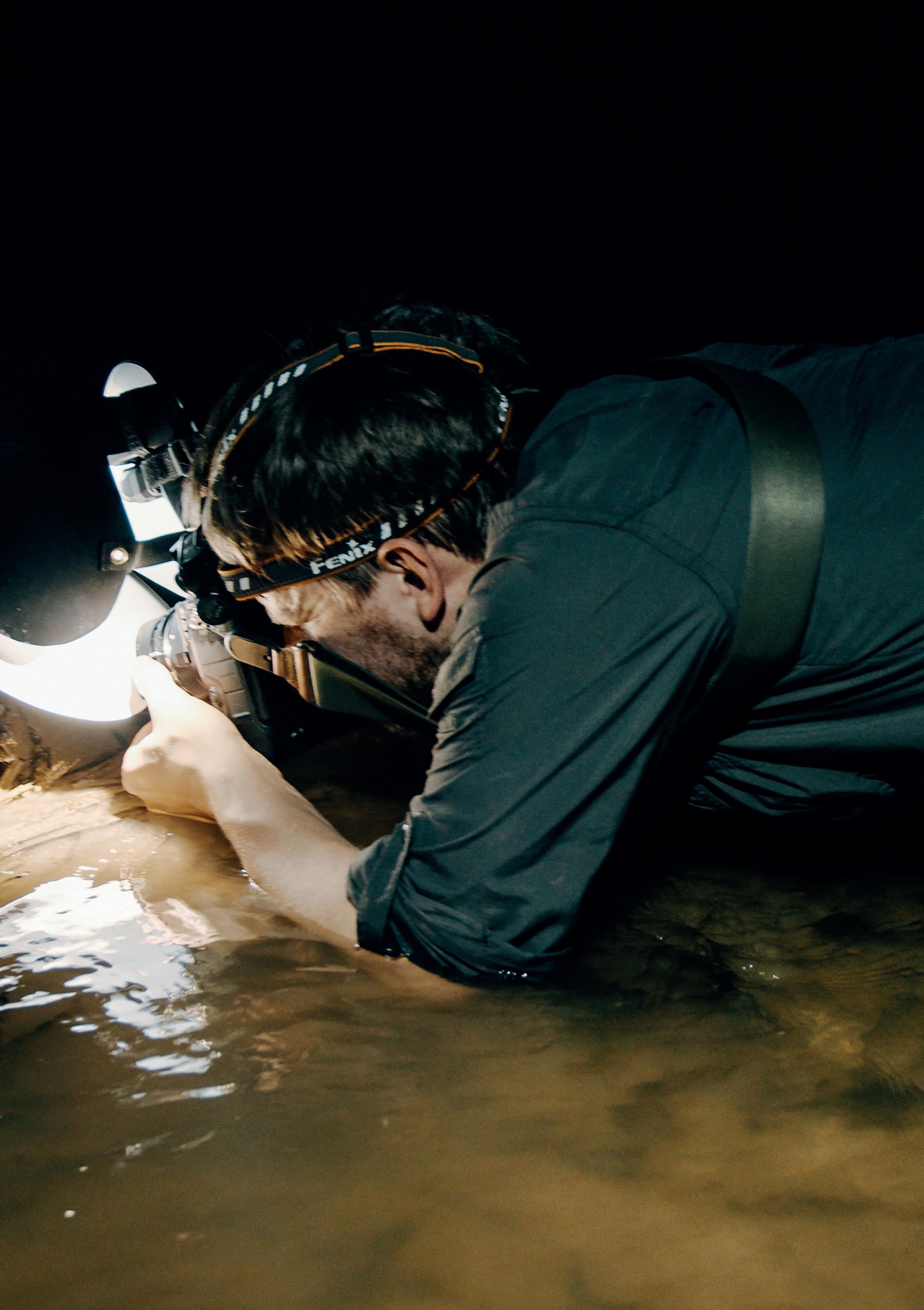
The NosiLife range offers an adventure-ready line of kit that has been designed to offer an effective defence against biting insects. Craghoppers’ unrivalled insect repellent technology is proven to defend against bites from insects like mosquitos. It is known that insects such as mosquitos can carry lifethreatening illnesses such as Malaria, Dengue Fever and Zika virus.
• Dual technology – true insect repellent and built in odour elimination.
• Both benefits last the lifetime of the garment.
• The active ingredients are plant-based and from a renewable source.
• Low toxicity chemistries
• Due to the mode of action insects are unable to build up resistance to the active ingredient.
The new NosiLife system technology contains an active ingredient that repels insects, so they do not dwell or land on the fabric, reducing the possibility of being bitten. The additional odour elimination technology captures and neutralises body odours during wear so the garment stays fresher for longer. Both technologies are derived from a plant-based renewable source.

The active ingredients are applied using our unique application process designed specifically to ensure t he treatment lasts the lifetime of the garment.
NosiLife technology repels the following biting insects: Mosquitos, fleas, dust mites, red ants, midges, fruit flies, bed bugs and ticks.*
* The technology is an effective repellent to ticks, the fabric is tested by an independent 3rd party testing facility. Due to the insects nature it is essential to cover any exposed skin with insect repellent clothing or lotion and ensure that the ends of trousers are tucked into NosiLife socks and all other openings are securely closed. Whilst NosiLife does reduce the chance of being bitten you still have to ensure that all uncovered skin is treated with an insect repellent lotion or spray

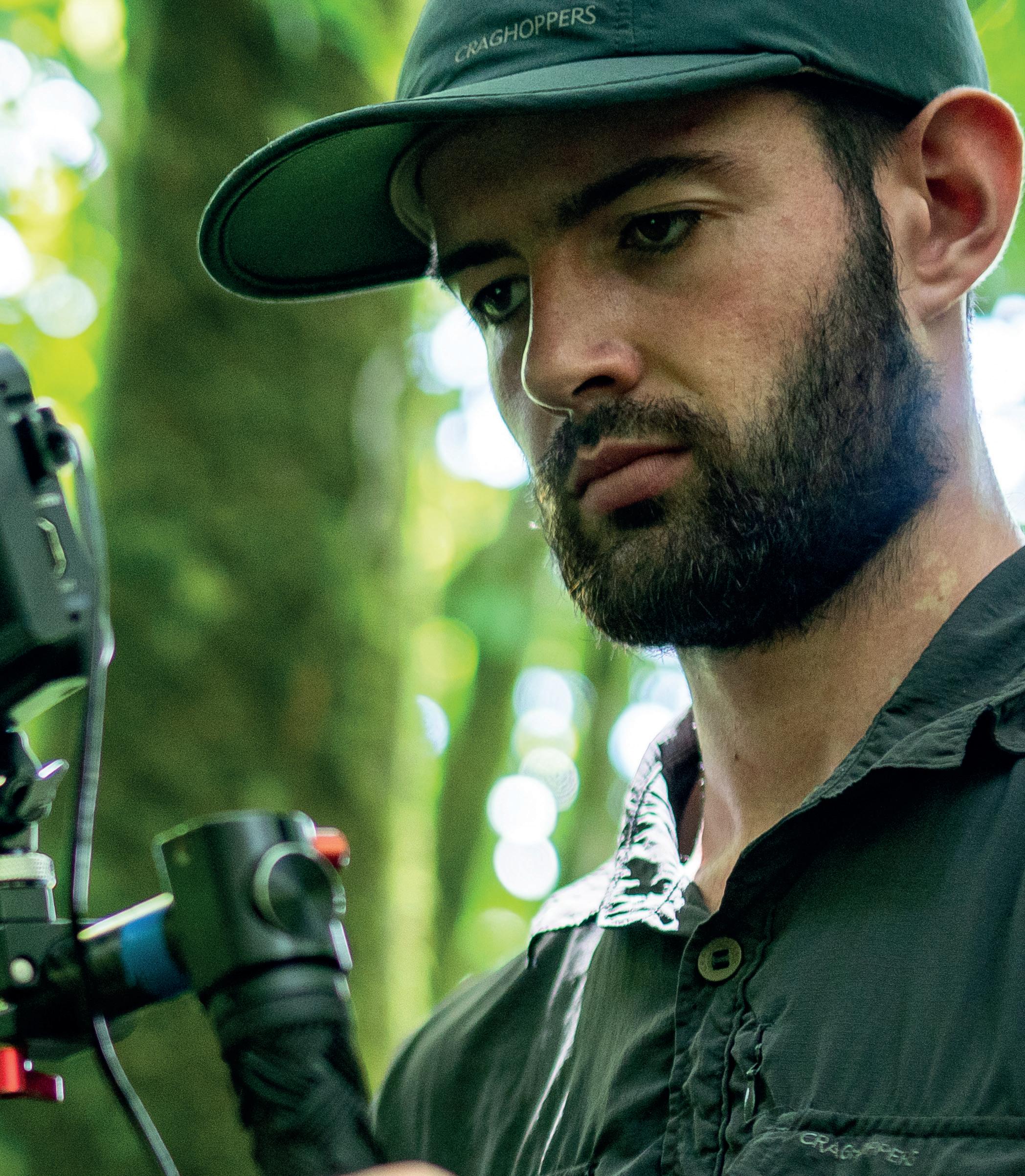
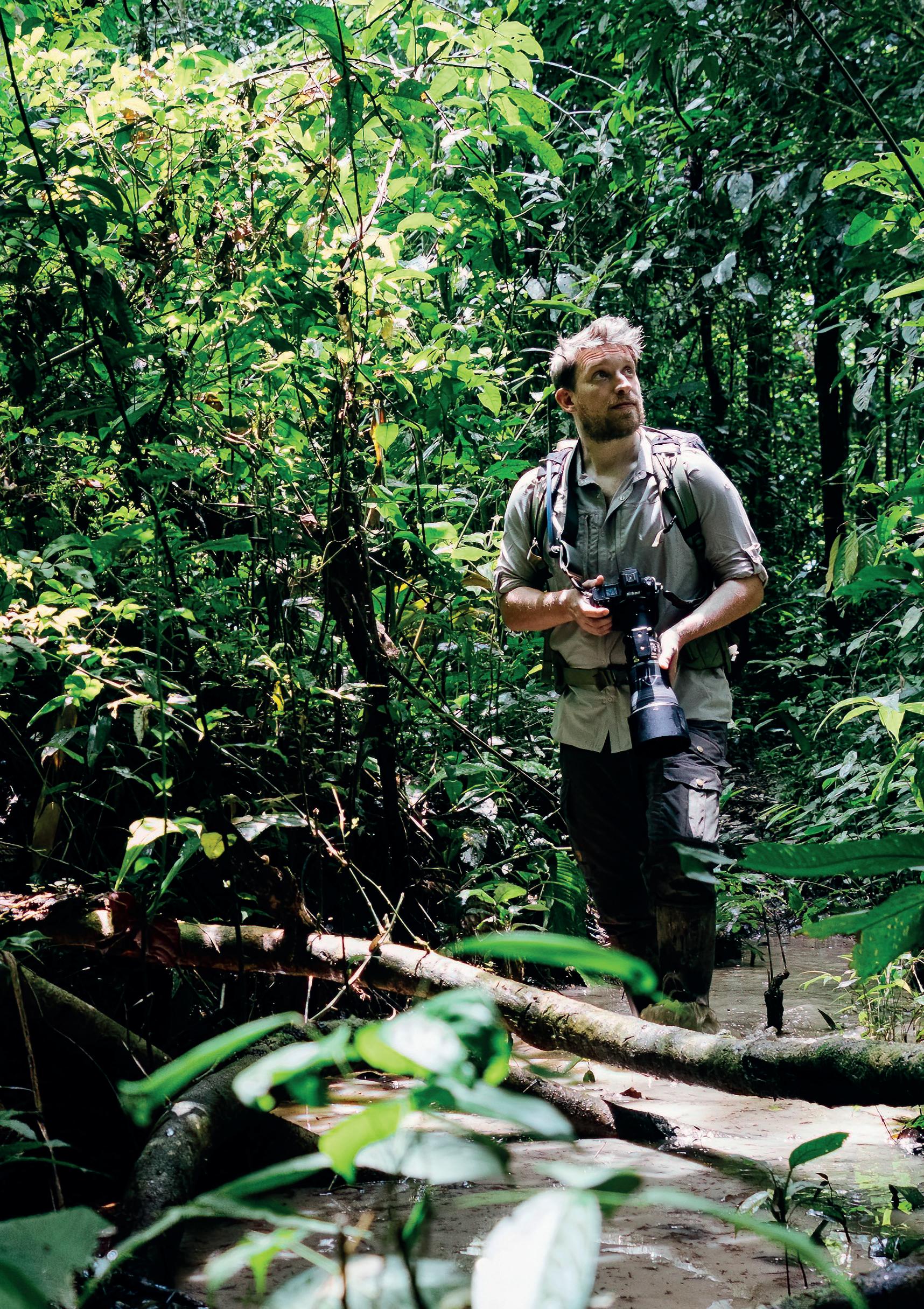
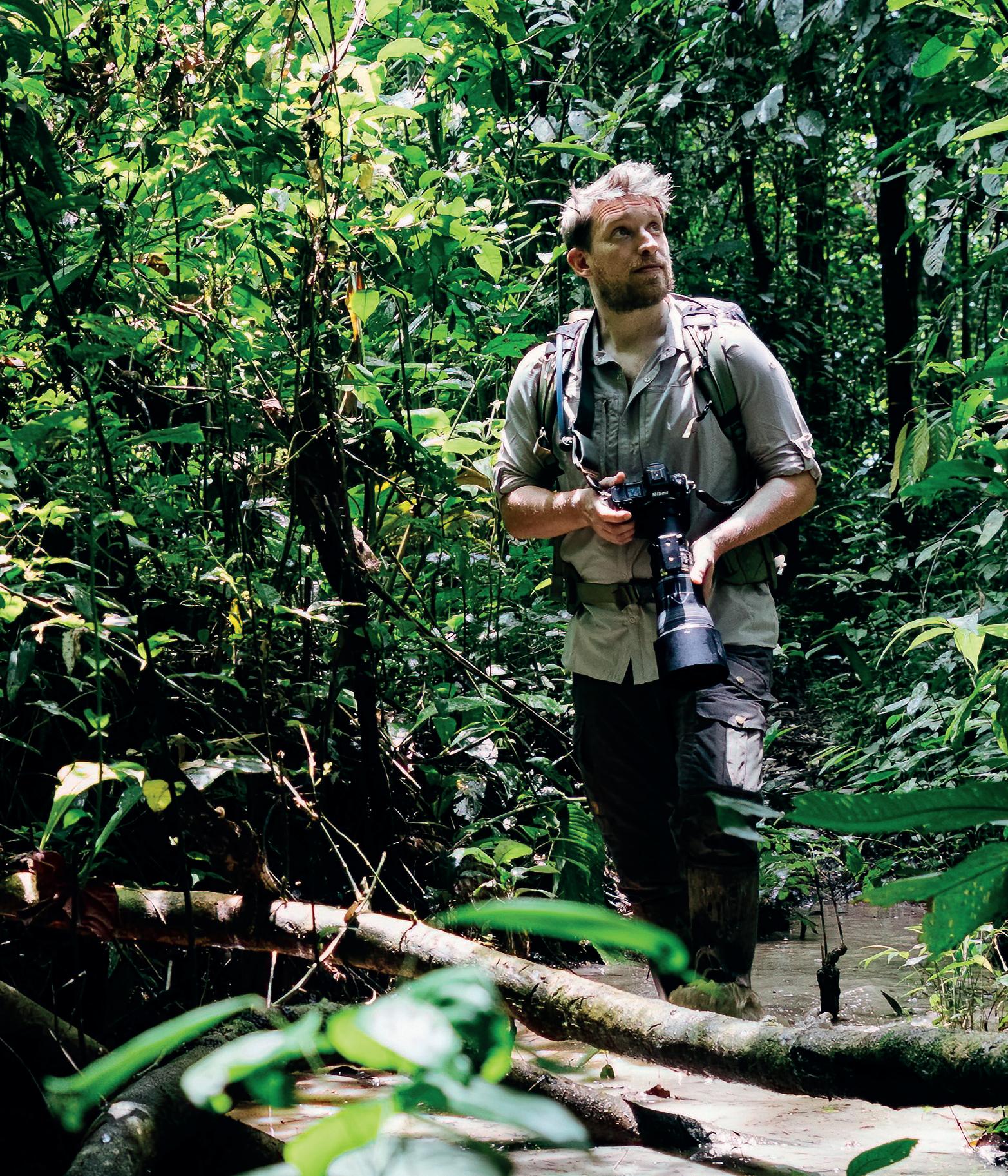


Eucalyptus Citriodora Oil is the active repellent ingredient in NosiLife clothing. The active ingredient is approved by the European Biocides Product Regulation (BPR) 528/2012/EU.
The supply chain works back to the farmers ensuring the availability and sustainability of the active –for example insisting on only plantbased pesticides and fertilizers are used in the cultivation of the Eucalyptus tree stock. The technology is currently ZDHC (Zero Discharge of Hazardous Chemicals) level 1 certified and working towards level 3 approval. The system is plant-based, and waste treatment solution can go directly to the water treatment plant of the textile mill before re-use or discharge.
We have rigorously tested the insect repellent and odour elimination effects using third-party specialist entomology facilities and analytical companies. All insect repellency test methods are based on World Health Organisation recommendations, and all testing facilities follow GLP - good laboratory practices protocols.
The NosiLife treatment remains effective for the lifetime of the garment. For best performance always follow the wash care instructions and we always recommend not to wash anything over 30 degrees.
Craghoppers SolarShield fabric technology clothing range has been tried and tested to protect you from harmful UV rays up to 50+ UPF.
Sun-protection is given by a combination of 3 things, the density of the fabric construction, the type of yarns used and its colour.
SolarShield Rating: Excellent. UPF Index up to 50+. Blocked UVR: 98%. UV Radiation: 2% or less.
What is the difference between UVA and UVB rays?
UVA RAYS
These are present at all times during daylight hours, and while you might not immediately see their effects, they’re very powerful – they can penetrate clouds and even glass. They penetrate the skin more deeply than UVB to cause long-term damage (including all types of skin cancer) and play a major part in the ageing process, such as causing wrinkles and sun spots.
UVB RAYS
These are the rays that are mostly responsible for sunburn and skin reddening. They don’t penetrate as deeply as UVA rays, but they’re just as damaging. They play a large part in the development of skin cancers including melanoma.
About 95 percent of the UV rays that reach the ground are UVA rays. The other 5 percent of UV rays are UVB.
The best line of defence against skin cancer is sunscreen and skin protection.
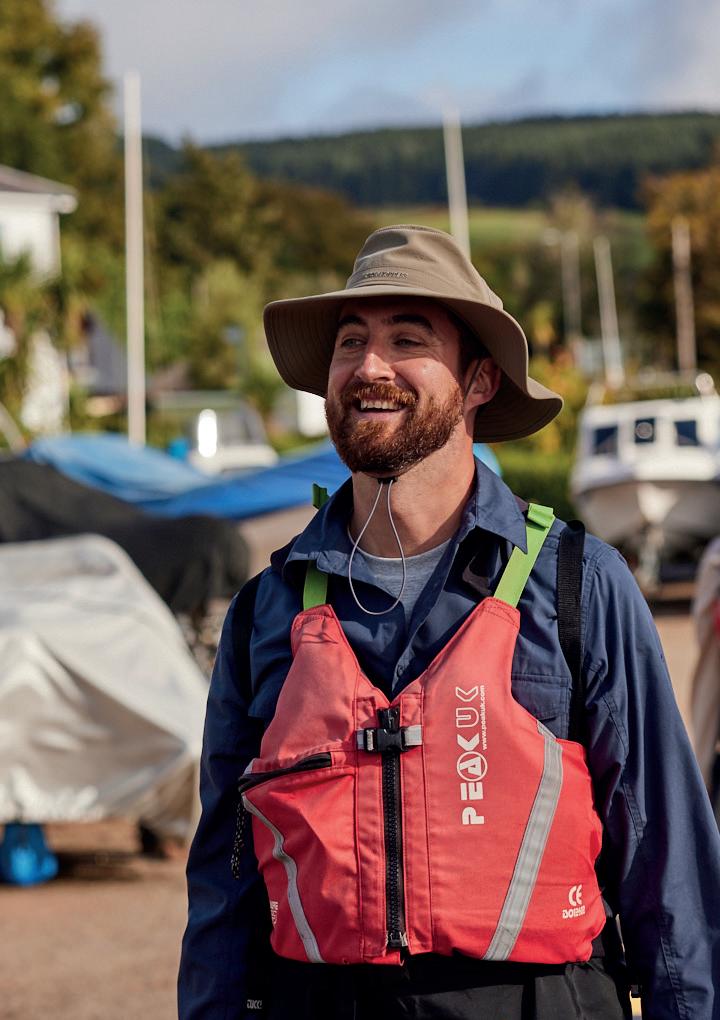

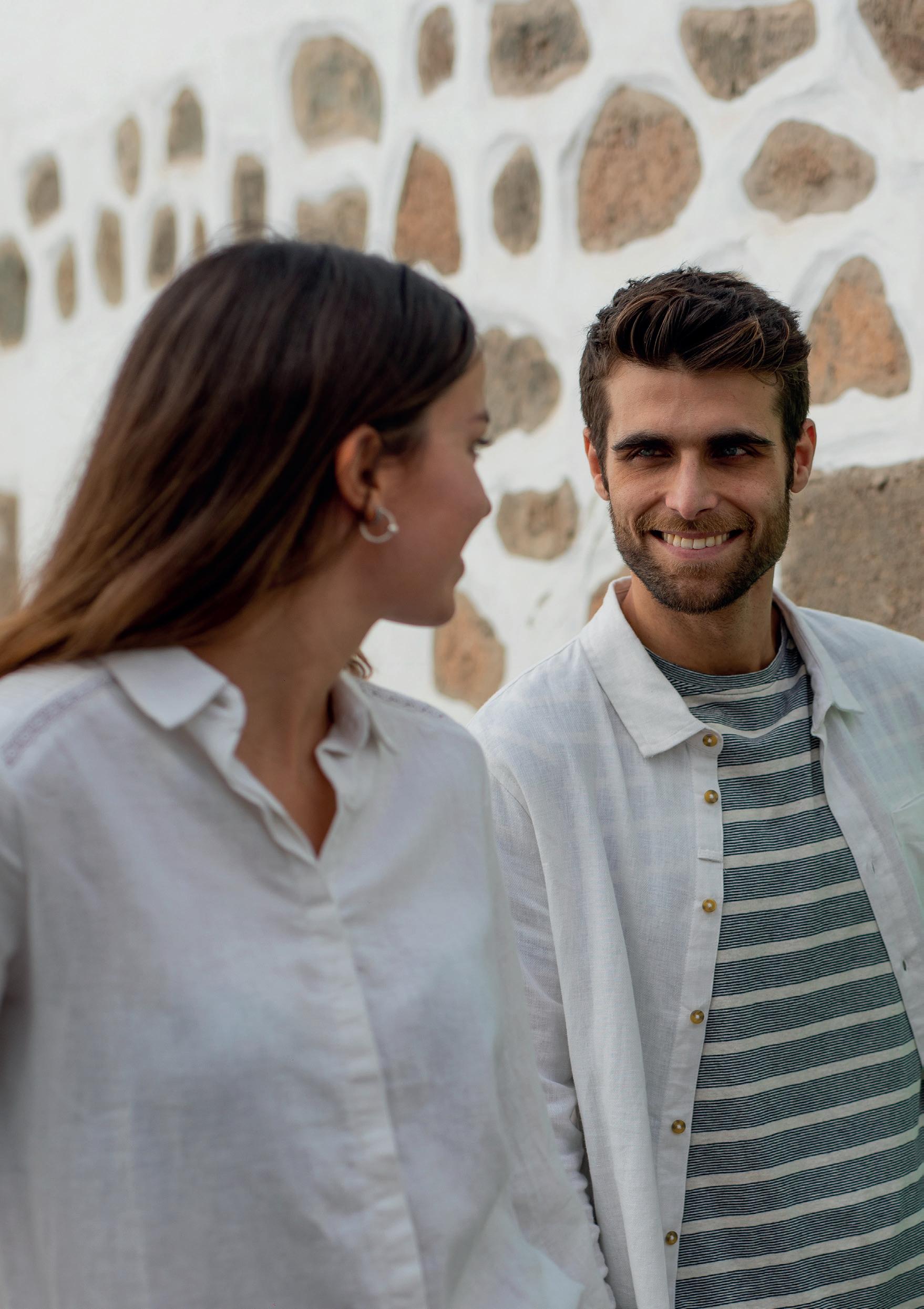
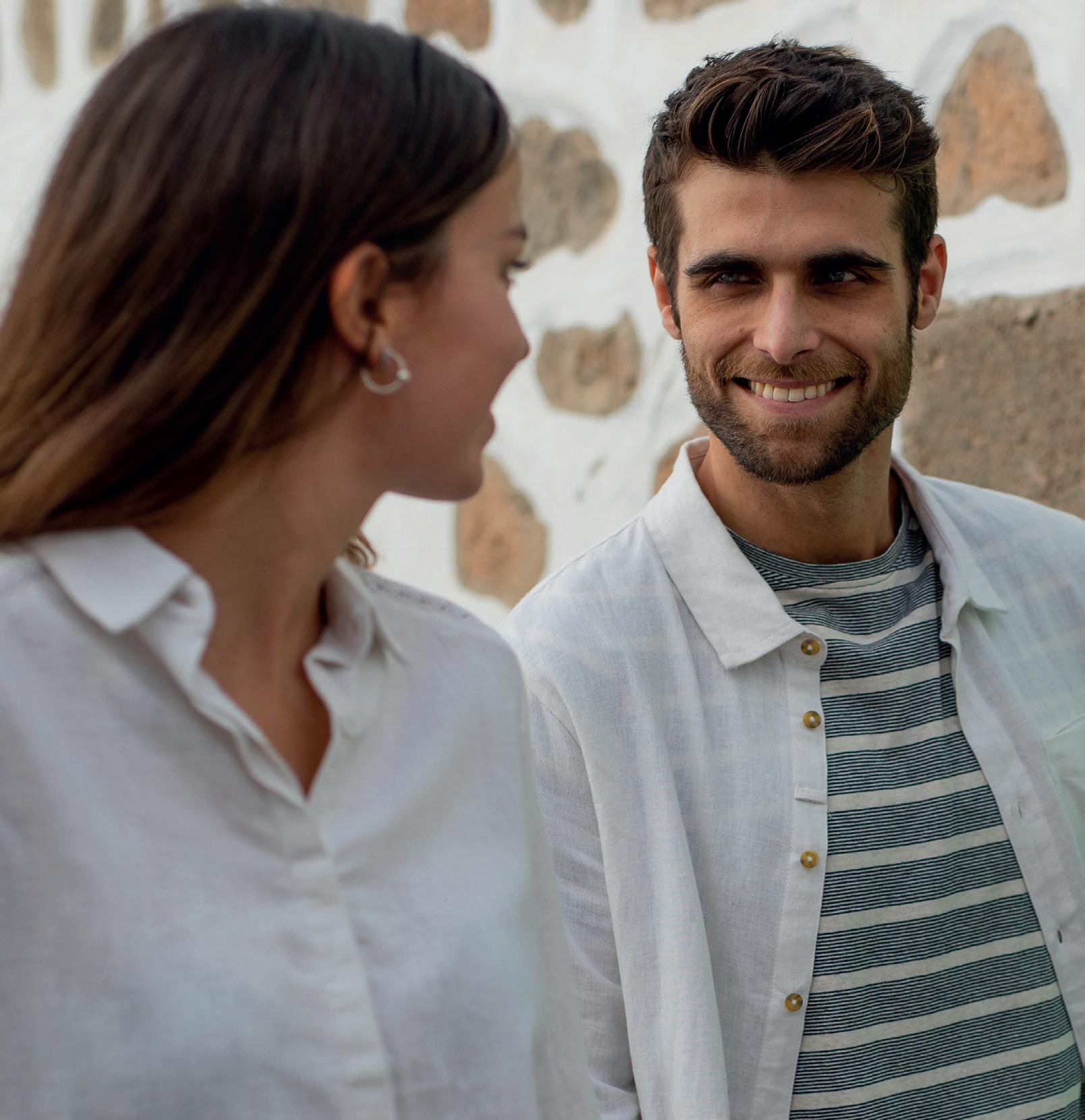
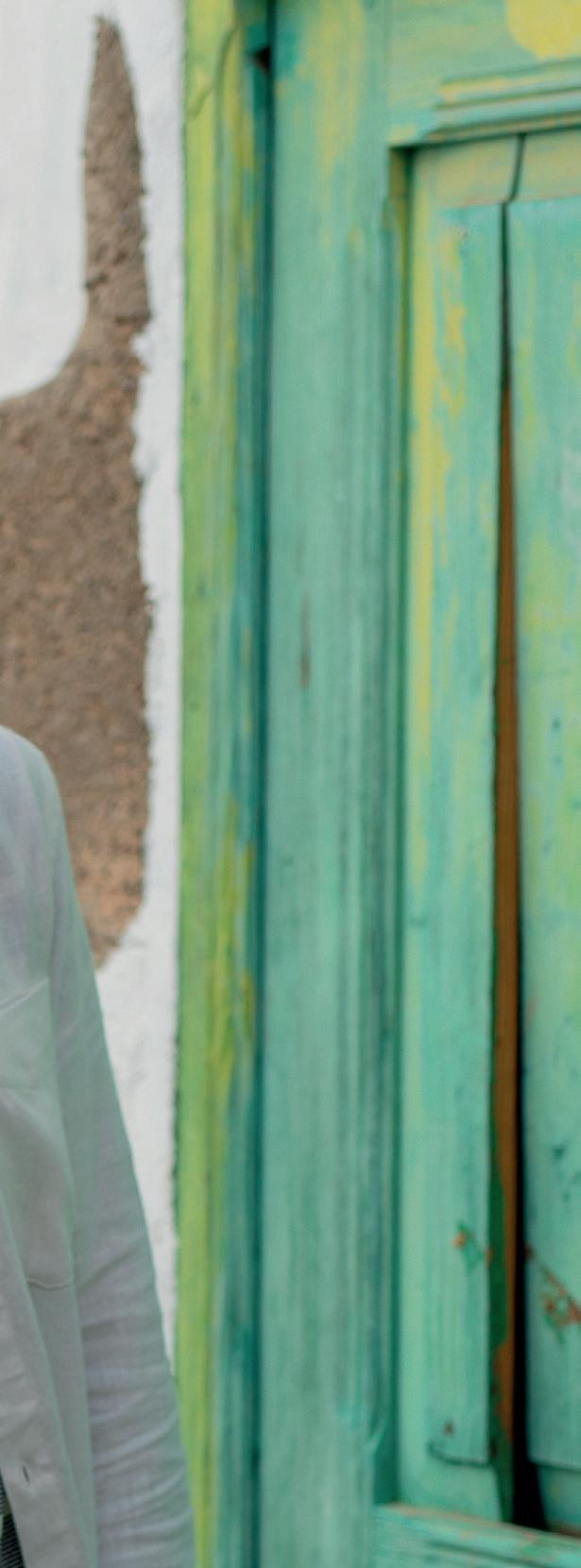
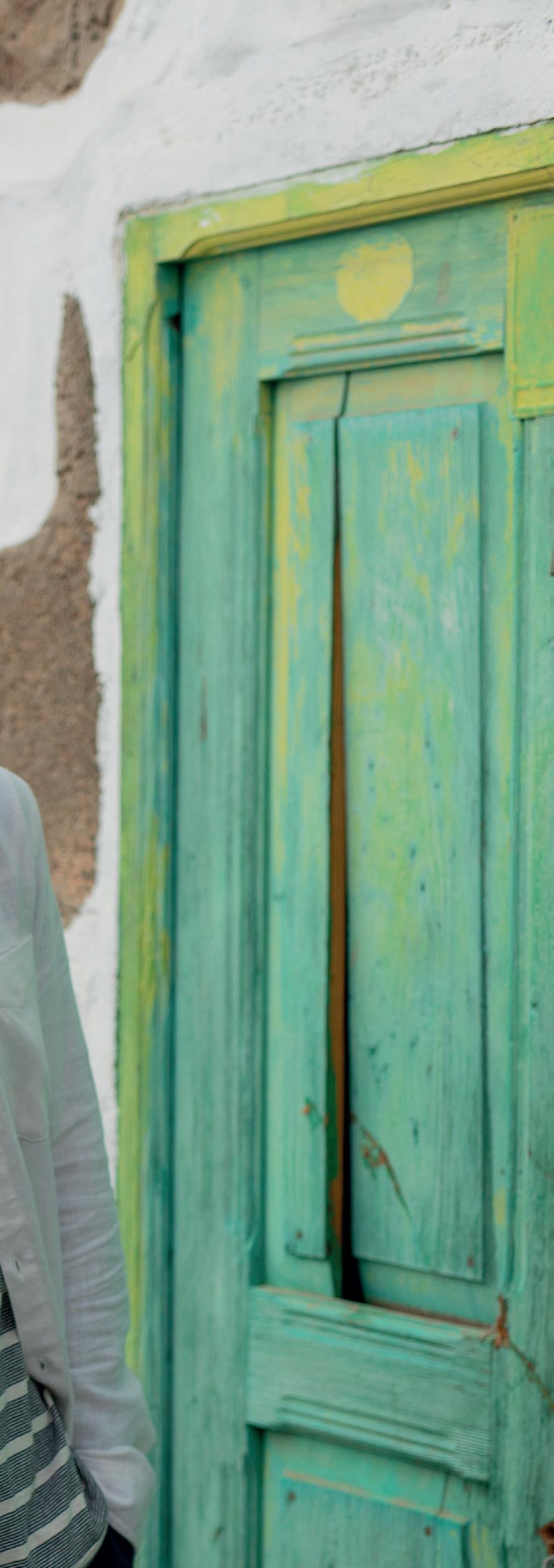
NosiBotanical clothing is treated with a plant-based fabric treatment which effectively repels biting insects.
X 30
The NosiBotanical treatment remains effective for up to 30 washes.
NosiBotanical is effective at repelling Mosquitos, fleas, dust mites, red ants, midges, fruit flies and ticks*
The insect repellent is Eucalyptus citriodora oil, hydrated, cyclized, a plant-based regenerative source.
* The technology is an effective repellent to ticks, the fabric is tested by an independent 3rd party testing facility. Due to the insects nature it is essential to cover any exposed skin with insect repellent clothing or lotion and ensure that the ends of trousers are tucked into NosiLife socks and all other openings are securely closed. Whilst NosiLife/NosiBotanical does reduce the chance of being bitten you still have to ensure that all uncovered skin is treated with an insect repellent lotion or spray

There’s much more to our travel and outdoor wear than meets the eye. Every garment we make not only looks the part on and off the trail but is the result of years of research and development into cutting-edge fabric technologies and designed to make your adventures safer, simpler and more comfortable.
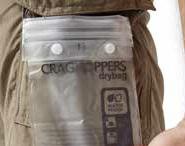
Water-tight pocket giving complete protection for money, passports, tickets or phones.
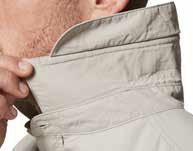
Flip up collar to give your neck extra coverage from the sun.

Integrated microfibre wipe designed to clean sunglasses or camera lenses.
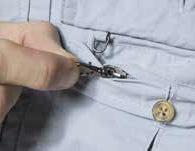
This feature adds security to keep your valuables safe.

NosiLife and NosiBotanical anti-insect clothing is designed to offer a defence against insect bites that may cause life threatening diseases such as Malaria.

As travellers, we only have to deal with the problem of mosquitos, midges and sandflies when we venture into tropical climes.
For those who live with the threat of Malaria every day, it’s a different story. Malaria affects almost half the world’s population. Here’s our brief guide to some of the risks for travellers.

Malaria is a life-threatening disease caused by parasites that are transmitted to people through the bites of infected mosquitos.
Malaria is preventable and curable. International travellers could be at risk of Malaria infection in 87 countries around the world, mainly in Africa, Asia and the Americas. Globally, there were an estimated 247 million Malaria cases in 2021 in 84 Malaria endemic countries an increase from 245 million in 2020.
The common first symptoms - fever, headache, chills and vomiting - usually appear 10 to 15 days after a person is infected.
If not treated promptly with effective medicines, Malaria can cause severe illness and is often fatal. Travellers from Malaria-free regions, with little or no immunity, who go to areas with high disease rates are very vulnerable.
Prevention focuses on reducing the transmission of the disease by controlling the mosquito.
The two main methods of control are:
Use of mosquito nets treated with long-lasting insecticide & covering exposed skin and the use of skin and clothing insecticides.
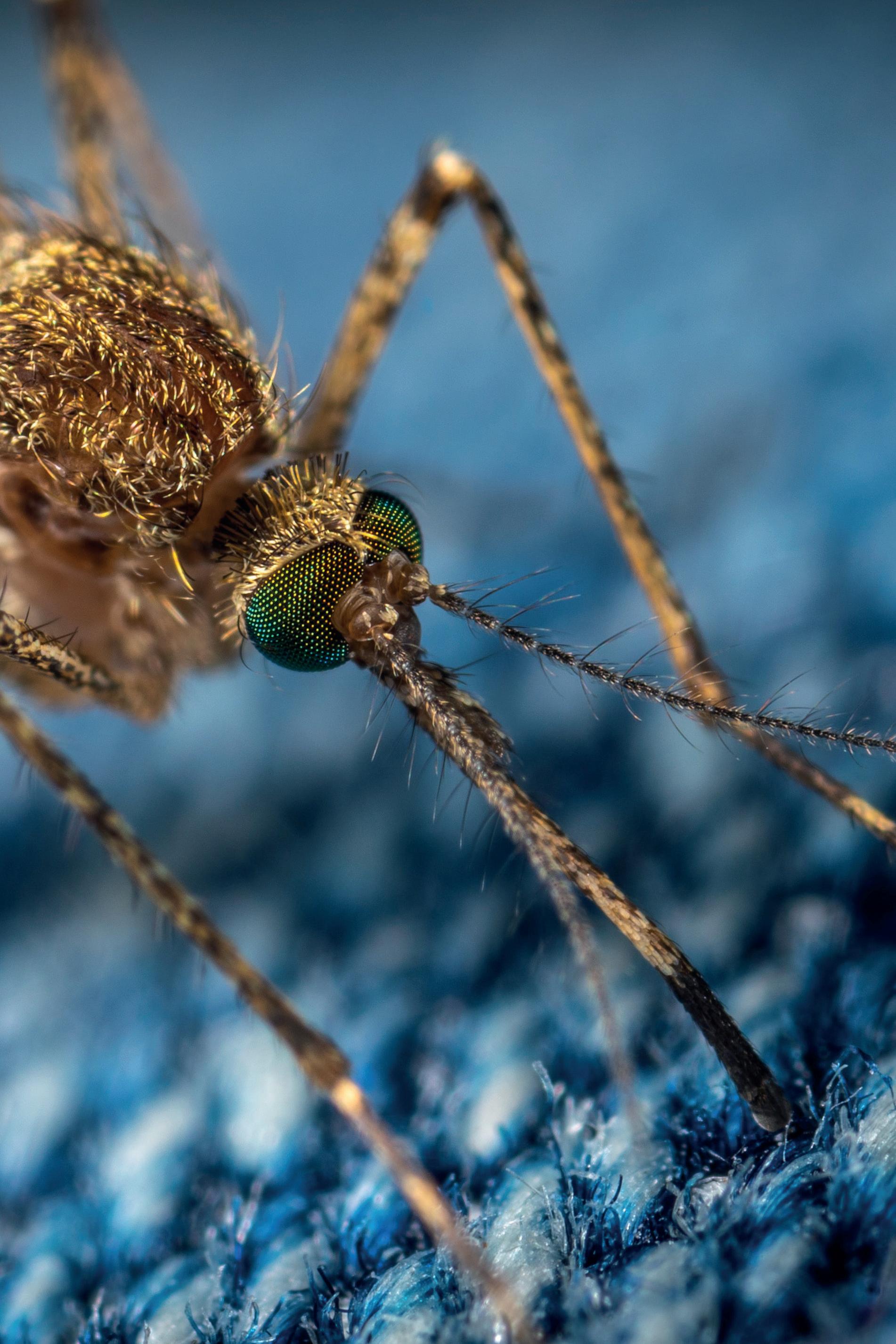
The incidence of Dengue has grown dramatically around the world in recent decades, with cases reported to WHO increased from 505 430 cases in 2000 to 5.2 million in 2019. A vast majority of cases are asymptomatic or mild and self-managed, and hence the actual numbers of Dengue cases are under-reported.
The disease is now endemic in more than 100 countries in the WHO Regions of Africa, the Americas, the Eastern Mediterranean, South-East Asia and the Western Pacific. The Americas, South-East Asia and Western Pacific regions are the most seriously affected, with Asia representing around 70% of the global disease burden.
Dengue is spreading to new areas including Europe, and explosive outbreaks are occurring. Local transmission was reported for the first time in France and Croatia in 2010 and imported cases were detected in 3 other European countries.
Dengue continues to affect Brazil, Colombia, the Cook Islands, Fiji, India, Kenya, Paraguay, Peru, the Philippines, the Reunion Islands and Vietnam as of 2021.
The mosquito is found in or near habitation and prefers to feed on humans during the daytime. It has two peak periods of biting activity: in the morning for several hours after daybreak and in the late afternoon for several hours before dark.
Dengue Fever is characterized by sudden onset after an incubation period of 3 - 14 days (most commonly 4 - 7 days) of high fevers, severe frontal headache, and joint and muscle pain.
Many patients have nausea, vomiting and a rash, which appears 3 - 5 days after onset of fever and can spread from the torso to the arms, legs and face.
No vaccine is available in the UK.
Travellers should be advised that they can reduce their risk by remaining in well-screened or air conditioned areas when possible, wearing clothing that adequately covers the arms and legs, and applying insectrepellent to the skin.
Bhatt, S., et al., The global distribution and burden of Dengue. Nature, 2013. 496(7446): p. 504–507.rest of copy World Health Organisation Dengue & severe Dengue 17 March 2023

The Zika virus is transmitted through the bite of an infected mosquito - the same mosquito that transmits Dengue, Chikungunya and Yellow Fever.
The Zika virus was first identified in Uganda in Rhesus monkeys in1947 and subsequently identified in humans in 1952 in Uganda and the United Republic of Tanzania. Outbreaks have since been recorded in Africa, the Americas, Asia and the Pacific.
As of December 2021, a total of 89 countries and territories have had documented evidence of autochthonous mosquito-borne transmission of Zika virus.
Symptoms of the Zika virus disease are usually mild and can last for 2 - 7 days and are similar to Dengue Fever and include fever, skin rashes, conjunctivitis, muscle and joint pain, malaise, and headache.
The Zika virus disease is usually relatively mild and requires no specific treatment.
Those with the virus should get plenty of rest, drink fluids, and treat pain and fever with standard medicines.
If symptoms worsen, they should seek medical advice and care. Currently there is no vaccine available.
All travellers should take basic precautions to protect themselves:
1. Wear long sleeved shirts and long trousers (light coloured insect repellent clothing and accessories) covering as much of the body as possible
2. Use insect repellent
3. Use physical barriers such as screens, closed doors and windows
4. Sleep under mosquito nets
5. Empty, clean or cover containers that can hold water so that places where mosquitos can breed are removed.

A serious disease often spread by mosquitos. It can be fatal or have life-changing consequences.
Encephalitis is an often lifethreatening disease commonly caused by an infection which in some cases is transmitted to humans through the bite of a tick or a mosquito. Some forms of encephalitis are vaccinepreventable. Encephalitis can be difficult to diagnose and treat and so prevention is the gold-standard. The World Health Organization states the true incidence of encephalitis globally remains unknown but a recent research study estimated it to be around 1.4 million cases per year and responsible for 89,000 deaths.
Symptoms will vary depending on the type of encephalitis (tick-borne, Japanese, Rabies, West Nile, and other common childhood infections likes measles are just a few examples). They can often begin with severe head pain, high-temperature, extreme fatigue and begin to become more serious with loss of consciousness and seizures.
Treatment will vary dependent on the cause but it should be sought quickly.
• Seek travel health advice for vaccination.
• Consider using DEET insect repellent during your stay.
• Wear long trousers, socks, and long-sleeved clothing which may be treated with mosquito-repellent.
• Sleep under mosquito nets or in rooms with airconditioning and screens on the windows and doors.
• Avoid keeping items around that store water e.g. plant pots and tyres.
• Shower after walking outside.
• Check your body for ticks and remove any from your skin immediately but ensure this is done correctly (e.g. removal of the whole tick preferably with a tickremover).
• Avoid interaction with any kind of animal thus reducing the likelihood of being bitten.

Chikungunya is a mosquitoborne viral disease caused by the Chikungunya virus (CHIKV), an RNA virus in the alphavirus genus of the family Togaviridae. The name Chikungunya derives from a word in the Kimakonde language, meaning “to become contorted”.
CHIKV has now been identified in over 110 countries in Asia, Africa, Europe and the Americas.
In symptomatic patients, CHIKV disease onset is typically 4–8 days (range 2–12 days) after the bite of an infected mosquito. It is characterized by an abrupt onset of fever, frequently accompanied by severe joint pain. The joint pain is often debilitating and usually lasts for a few days but may be prolonged, lasting for weeks, months or even years. Other common signs and symptoms include joint swelling, muscle pain, headache, nausea, fatigue and rash.

Lyme disease, or Lyme Borreliosis, is a bacterial infection that can be transmitted to humans when they are bitten by an infected tick.
There are around 1,500 laboratory-confirmed cases of Lyme disease in England and Wales each year, although it is estimated that there are 3,000 to 4,000 new cases each year, as many cases of Lyme disease will be treated by doctors without the need for laboratory tests. About 15% of cases of Lyme disease cases are acquired abroad.
Lyme disease can be treated effectively if it’s detected early on but if it’s not treated , or if treatment is delayed, there’s a risk you could develop longlasting symptoms.
you didn’t realise were essential
There are a million things you could take with you on your travels, but only some that you need.
Your kit needs to work hard with no time-wasting, so our proven innovations are here to guarantee you quality, function and purpose in every gram and every inch.
For laundering on the move.
Easy-care, quick-drying fabric reduces the need for ironing.
Our special lining fabric helps prevent accidental use or deliberate mis-use of credit cards and passports by blocking radio signals from activating the chip.
The Zip‘n’Clip feature adds additional security to keep your most important valuables safe and secure.
Hidden or zipped pocket(s) for valuables.
Wicking mesh built into the collar to keep your neck.
Our odour elimination technology in our NosiLife products captures and neutralises body odours during wear so the garment stays fresher for longer.
Keeping you cool on the move and fresh in the most intense humidity.
Lightweight-efficient fabric and slimmed down construction for travelling without a struggle.
Packable products are designed to pack away into their own pocket or supplied stuff-sack.
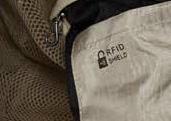


RFID blocking technology prevents contactless credit cards and passports that use RFID chips from being scanned without your consent leaving you vulnerable to identity theft.
Craghoppers has produced a special fabric that prevents your credit cards and passports from being scanned without your knowledge.
It blocks radio signals, acting as an RFID shield against misuse of your contactless cards.
